AED 597.00 excl. VAT
Microsoft Windows Server 2022 Remote Desktop Services 1 Device CAL – DG7GMGF0D7HX:0006
Overview
Get the most out of Windows Server 2022
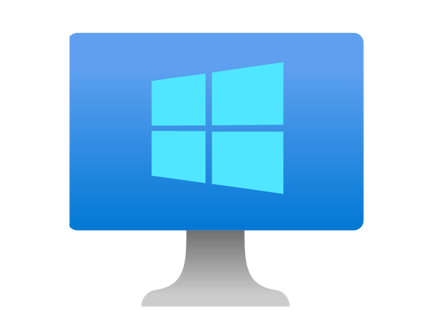
Advanced multilayer security
- Harden server communications – industry standard SMB AES -256 encryption and better controls.
- Get preventative defense for sensitive assets like credentials with Credential Guard and Secure Boot enabled using TPM 2.0.
- Protect system integrity from firmware attack with Windows Defender System Guard and isolate critical parts of the system with Virtualization-based security.

Hybrid capabilities with Azure Arc
- Extend Azure management and governance services to Windows Server on-premises using Azure Arc.
- Perform virtual machine (VM) lifecycle management for your Azure Stack HCI and VMware environments from a centralized location.
- Bring the first cloud native SIEM to all your resources by using Microsoft Sentinel through Azure Arc.

Flexible application platform
- Improve container application deployment with smaller image size for faster download and simplified authentication.
- Scale containerized applications with Kubernetes using improvements in network policy implementation and integration with industry standard containers.
- Accelerate modernization of .NET applications.
License your deployments with client Access Licenses


User CAL
With the User CAL, you purchase a CAL for every user who accesses the server to use services such as file storage or printing, regardless of the number of devices they use for the access.

Device CAL
With a Device CAL, you purchase a CAL for every device that accesses your server, regardless of the number of users who use that device to access the server.
Windows Server 2022
Features
Security
The new security capabilities in Windows Server 2022 combine other security capabilities in Windows Server across multiple areas to provide defense-in-depth protection against advanced threats. Advanced multi-layer security in Windows Server 2022 provides the comprehensive protection that servers need today.
Secured-core server
Certified Secured-core server hardware from an OEM partner provides additional security protections that are useful against sophisticated attacks. This can provide increased assurance when handling mission critical data in some of the most data sensitive industries. A Secured-core server uses hardware, firmware, and driver capabilities to enable advanced Windows Server security features. Many of these features are available in Windows Secured-core PCs and are now also available with Secured-core server hardware and Windows Server 2022. For more information about Secured-core server, see Secured-core server.
Hardware root-of-trust
Trusted Platform Module 2.0 (TPM 2.0) secure crypto-processor chips provide a secure, hardware-based store for sensitive cryptographic keys and data, including systems integrity measurements. TPM 2.0 can verify that the server has been started with legitimate code and can be trusted by subsequent code execution. This is known as a hardware root-of-trust and is used by features such as BitLocker drive encryption.
Firmware protection
Firmware executes with high privileges and is often invisible to traditional anti-virus solutions, which has led to a rise in the number of firmware-based attacks. Secured-core server processors support measurement and verification of boot processes with Dynamic Root of Trust for Measurement (DRTM) technology and isolation of driver access to memory with Direct Memory Access (DMA) protection.
UEFI secure boot
UEFI secure boot is a security standard that protects your servers from malicious rootkits. Secure boot ensures the server boots only firmware and software trusted by the hardware manufacturer. When the server is started, the firmware checks the signature of each boot component including firmware drivers and the OS. If the signatures are valid, the server boots and the firmware gives control to the OS.
Virtualization-based security (VBS)
Secured-core servers support virtualization-based security (VBS) and hypervisor-based code integrity (HVCI). VBS uses hardware virtualization features to create and isolate a secure region of memory from the normal operating system, protecting against an entire class of vulnerabilities used in cryptocurrency mining attacks. VBS also allows for the use of Credential Guard, where user credentials and secrets are stored in a virtual container that the operating system cannot access directly.
HVCI uses VBS to significantly strengthen code integrity policy enforcement, including kernel mode integrity that checks all kernel mode drivers and binaries in a virtualized environment before they are started, preventing unsigned drivers or system files from being loaded into system memory.
Kernel Data Protection (KDP) provides read-only memory protection of kernel memory containing non-executable data where memory pages are protected by Hypervisor. KDP protects key structures in the Windows Defender System Guard runtime from being tampered.
Secure connectivity
Transport: HTTPS and TLS 1.3 enabled by default on Windows Server 2022
Secure connections are at the heart of today’s interconnected systems. Transport Layer Security (TLS) 1.3 is the latest version of the internet’s most deployed security protocol, which encrypts data to provide a secure communication channel between two endpoints. HTTPS and TLS 1.3 is now enabled by default on Windows Server 2022, protecting the data of clients connecting to the server. It eliminates obsolete cryptographic algorithms, enhances security over older versions, and aims to encrypt as much of the handshake as possible. Learn more about supported TLS versions and about supported cipher suites.
Although TLS 1.3 in the protocol layer is now enabled by default, applications and services also need to actively support it. Please see documentation for those applications and services for more information. The Microsoft Security blog has more detail in the post Taking Transport Layer Security (TLS) to the next level with TLS 1.3.
Secure DNS: Encrypted DNS name resolution requests with DNS-over-HTTPS
DNS Client in Windows Server 2022 now supports DNS-over-HTTPS (DoH) which encrypts DNS queries using the HTTPS protocol. This helps keep your traffic as private as possible by preventing eavesdropping and your DNS data being manipulated. Learn more about configuring the DNS client to use DoH.
Server Message Block (SMB): SMB AES-256 encryption for the most security conscious
Windows Server now supports AES-256-GCM and AES-256-CCM cryptographic suites for SMB encryption. Windows will automatically negotiate this more advanced cipher method when connecting to another computer that also supports it, and it can also be mandated through Group Policy. Windows Server still supports AES-128 for down-level compatibility. AES-128-GMAC signing now also accelerates signing performance.
SMB: East-West SMB encryption controls for internal cluster communications
Windows Server failover clusters now support granular control of encrypting and signing intra-node storage communications for Cluster Shared Volumes (CSV) and the storage bus layer (SBL). This means that when using Storage Spaces Direct, you can decide to encrypt or sign east-west communications within the cluster itself for higher security.
SMB Direct and RDMA encryption
SMB Direct and RDMA supply high bandwidth, low latency networking fabric for workloads like Storage Spaces Direct, Storage Replica, Hyper-V, Scale-out File Server, and SQL Server. SMB Direct in Windows Server 2022 now supports encryption. Previously, enabling SMB encryption disabled direct data placement; this was intentional, but seriously impacted performance. Now data is encrypted before data placement, leading to far less performance degradation while adding AES-128 and AES-256 protected packet privacy.
More information on SMB encryption, signing acceleration, secure RDMA, and cluster support can be found at SMB security enhancements.
SMB over QUIC
SMB over QUIC updates the SMB 3.1.1 protocol in Windows Server 2022 Datacenter: Azure Edition and supported Windows clients to use the QUIC protocol instead of TCP. By using SMB over QUIC along with TLS 1.3, users and applications can securely and reliably access data from edge file servers running in Azure. Mobile and telecommuter users no longer need a VPN to access their file servers over SMB when on Windows. More information can be found at the SMB over QUIC documentation.
Azure hybrid capabilities
You can increase your efficiency and agility with built-in hybrid capabilities in Windows Server 2022 that allow you to extend your data centers to Azure more easily than ever before.
Azure Arc enabled Windows Servers
Azure Arc enabled servers with Windows Server 2022 brings on-premises and multi-cloud Windows Servers to Azure with Azure Arc. This management experience is designed to be consistent with how you manage native Azure virtual machines. When a hybrid machine is connected to Azure, it becomes a connected machine and is treated as a resource in Azure. More information can be found at the Azure Arc enables servers documentation.
Windows Admin Center
Improvements to Windows Admin Center to manage Windows Server 2022 include capabilities to both report on the current state of the Secured-core features mentioned above, and where applicable, allow customers to enable the features. More information on these and many more improvements to Windows Admin Center can be found at the Windows Admin Center documentation.
Azure Automanage – Hotpatch
Hotpatch, part of Azure Automanage, is supported in Windows Server 2022 Datacenter: Azure Edition. Hotpatching is a new way to install updates on new Windows Server Azure Edition virtual machines (VMs) that doesn’t require a reboot after installation. More information can be found at the Azure Automanage documentation.
Application platform
There are several platform improvements for Windows Containers, including application compatibility and the Windows Container experience with Kubernetes. A major improvement includes reducing the Windows Container image size by up to 40%, which leads to a 30% faster startup time and better performance.
You can now also run applications that depend on Azure Active Directory with group Managed Services Accounts (gMSA) without domain joining the container host, and Windows Containers now support Microsoft Distributed Transaction Control (MSDTC) and Microsoft Message Queuing (MSMQ).
There are several other enhancements that simplify the Windows Container experience with Kubernetes. These enhancements include support for host-process containers for node configuration, IPv6, and consistent network policy implementation with Calico.
In addition to platform improvements, Windows Admin Center has been updated to make it easy to containerize .NET applications. Once the application is in a container, you can host it on Azure Container Registry to then deploy it to other Azure services, including Azure Kubernetes Service.
With support for Intel Ice Lake processors, Windows Server 2022 supports business-critical and large-scale applications, such as SQL Server, that require up to 48 TB of memory and 2,048 logical cores running on 64 physical sockets. Confidential computing with Intel Secured Guard Extension (SGX) on Intel Ice Lake improves application security by isolating applications from each other with protected memory.
Other key features
Nested virtualization for AMD processors
Nested virtualization is a feature that allows you to run Hyper-V inside of a Hyper-V virtual machine (VM). Windows Server 2022 brings support for nested virtualization using AMD processors, giving more choices of hardware for your environments. More information can be found at the nested virtualization documentation.
Microsoft Edge browser
Microsoft Edge is included with Windows Server 2022, replacing Internet Explorer. It is built on Chromium open source and backed by Microsoft security and innovation. It can be used with the Server with Desktop Experience installation options. More information can be found at the Microsoft Edge Enterprise documentation. Note that Microsoft Edge, unlike the rest of Windows Server, follows the Modern Lifecycle for its support lifecycle. For details, see Microsoft Edge lifecycle documentation.
Networking performance
UDP performance improvements
UDP is becoming a very popular protocol carrying more and more network traffic due to the increasing popularity of RTP and custom (UDP) streaming and gaming protocols. The QUIC protocol, built on top of UDP, brings the performance of UDP to a level on par with TCP. Significantly, Windows Server 2022 includes UDP Segmentation Offload (USO). USO moves most of the work required to send UDP packets from the CPU to the network adapter’s specialized hardware. Complimenting USO is UDP Receive Side Coalescing (UDP RSC), which coalesces packets and reduces CPU usage for UDP processing. In addition, we have also made hundreds of improvements to the UDP data path both transmit and receive. Windows Server 2022 and Windows 11 both have this new capability.
TCP performance improvements
Windows Server 2022 uses TCP HyStart++ to reduce packet loss during connection start-up (especially in high-speed networks) and RACK to reduce Retransmit TimeOuts (RTO). These features are enabled in the transport stack by default and provide a smoother network data flow with better performance at high speeds. Windows Server 2022 and Windows 11 both have this new capability.
Hyper-V virtual switch improvements
Virtual switches in Hyper-V have been enhanced with updated Receive Segment Coalescing (RSC). This allows the hypervisor network to coalesce packets and process as one larger segment. CPU cycles are reduced and segments will remain coalesced across the entire data path until processed by the intended application. This means improved performance in both network traffic from an external host, received by a virtual NIC, as well as from a virtual NIC to another virtual NIC on the same host.
Storage
Storage Migration Service
Enhancements to Storage Migration Service in Windows Server 2022 makes it easier to migrate storage to Windows Server or to Azure from more source locations. Here are the features that are available when running the Storage Migration Server orchestrator on Windows Server 2022:
- Migrate local users and groups to the new server.
- Migrate storage from failover clusters, migrate to failover clusters, and migrate between standalone servers and failover clusters.
- Migrate storage from a Linux server that uses Samba.
- More easily synchronize migrated shares into Azure by using Azure File Sync.
- Migrate to new networks such as Azure.
- Migrate NetApp CIFS servers from NetApp FAS arrays to Windows servers and clusters.
Adjustable storage repair speed
User adjustable storage repair speed is a new feature in Storage Spaces Direct that offers more control over the data resync process by allocating resources to either repair data copies (resiliency) or run active workloads (performance). This helps improve availability and allows you to service your clusters more flexibly and efficiently.
Faster repair and resynchronization
Storage repair and resynchronization after events such as node reboots and disk failures are now twice as fast. Repairs have less variance in time taken so you can be more sure of how long the repairs will take, which has been achieved through adding more granularity to data tracking. This only moves the data that needs to be moved, and reduces the system resources used and the time taken.
Storage bus cache with Storage Spaces on standalone servers
Storage bus cache is now available for standalone servers. It can significantly improve read and write performance, while maintaining storage efficiency and keeping the operational costs low. Similar to its implementation for Storage Spaces Direct, this feature binds together faster media (for example, NVMe or SSD) with slower media (for example, HDD) to create tiers. A portion of the faster media tier is reserved for the cache. To learn more, see Enable storage bus cache with Storage Spaces on standalone servers.
ReFS file-level snapshots
Microsoft’s Resilient File System (ReFS) now includes the ability to snapshot files using a quick metadata operation. Snapshots are different than ReFS block cloning in that clones are writable, whereas snapshots are read-only. This functionality is especially useful in virtual machine backup scenarios with VHD/VHDX files. ReFS snapshots are unique in that they take a constant time irrespective of file size. Support for snapshots is available in ReFSUtil or as an API.
SMB compression
Enhancement to SMB in Windows Server 2022 and Windows 11 allows a user or application to compress files as they transfer over the network. Users no longer have to manually zip files in order to transfer much faster on slower or more congested networks. For details, see SMB Compression.
Be the first to review “Microsoft Windows Server 2022 Remote Desktop Services 1 Device CAL – DG7GMGF0D7HX:0006”
Related products
Microsoft
Microsoft Windows GGWA Windows 10 Professional N Legalization GetGenuine – DG7GMGF0CGSH:0004
Microsoft
Microsoft Windows Server 2022 Remote Desktop Services External Connector – DG7GMGF0D609:0002






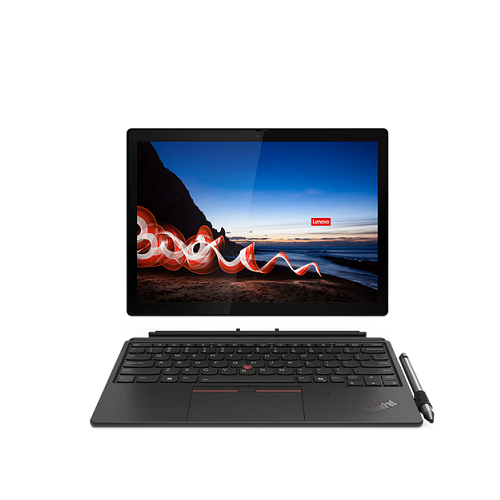
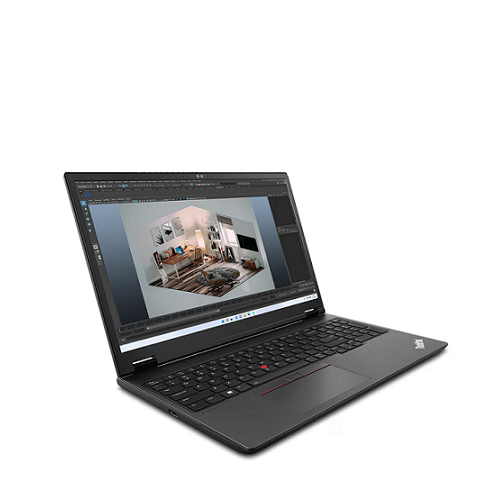


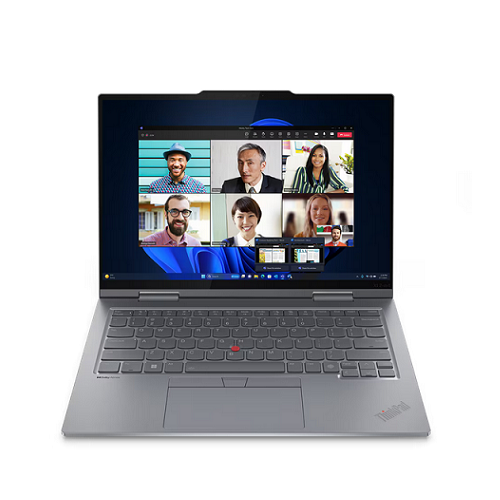
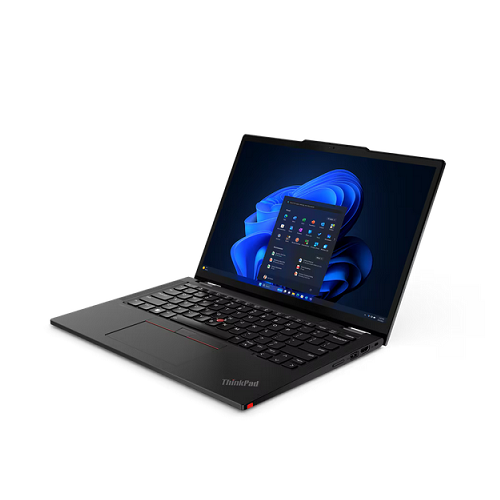

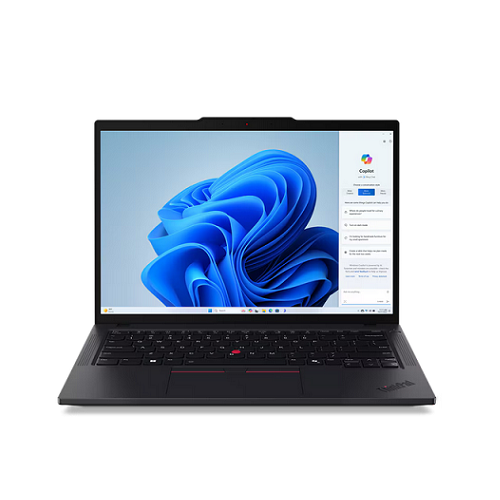
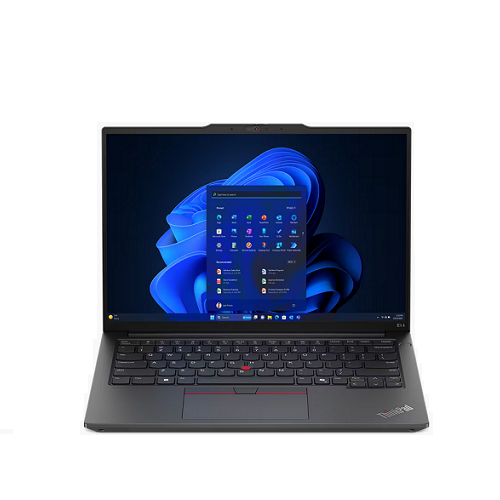

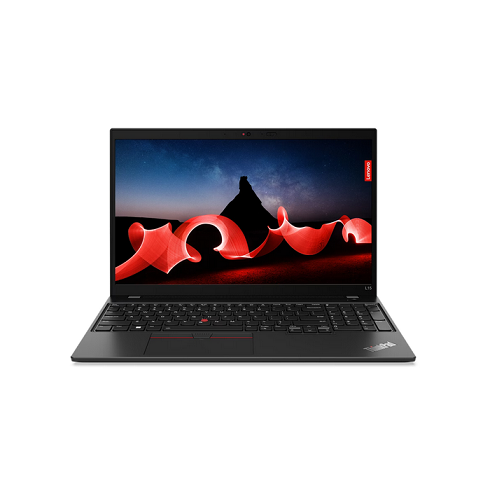



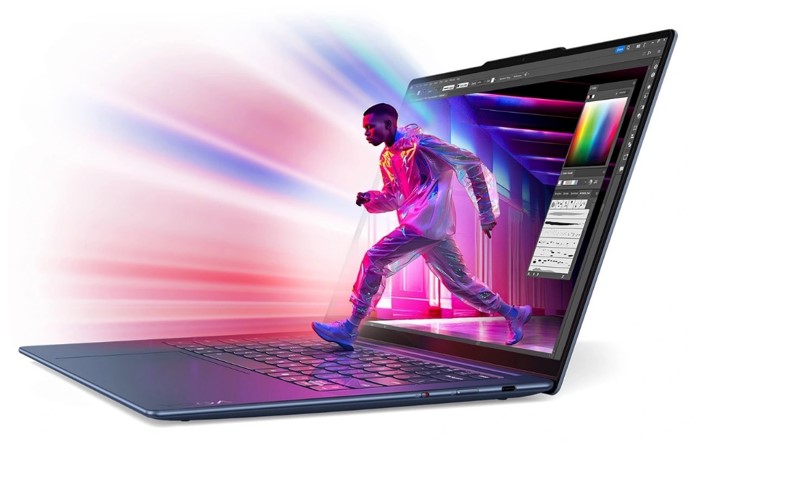
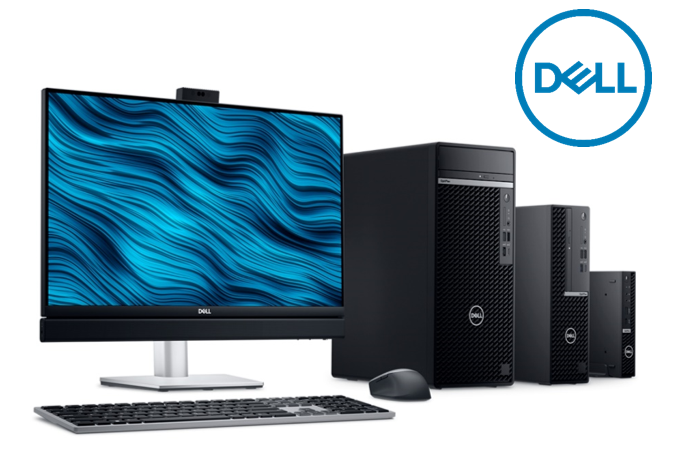
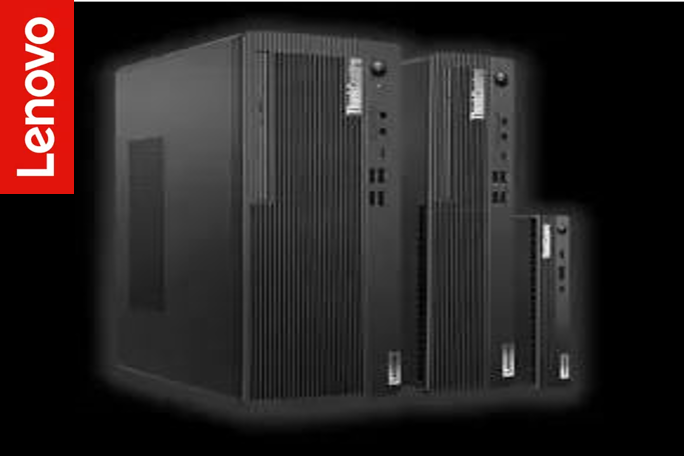
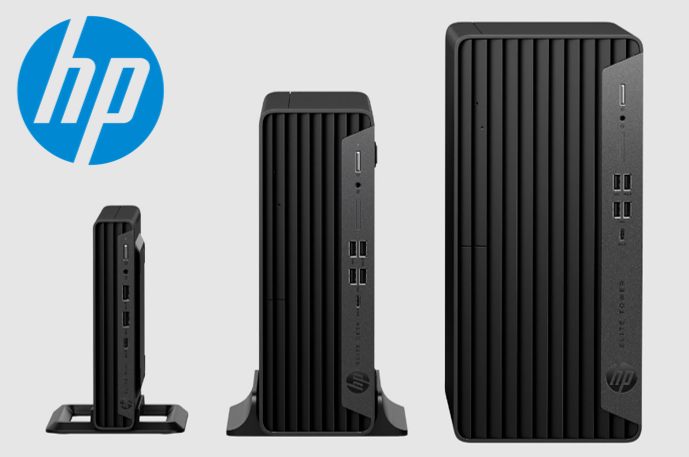


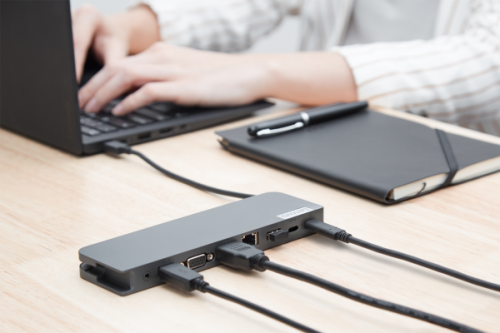









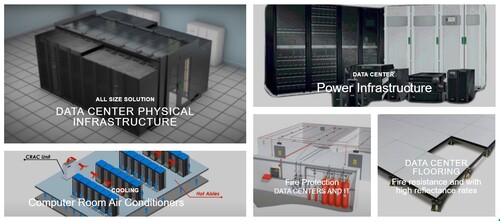
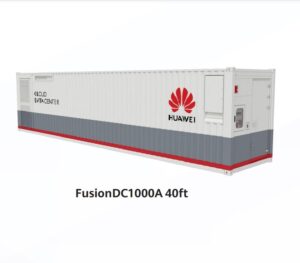
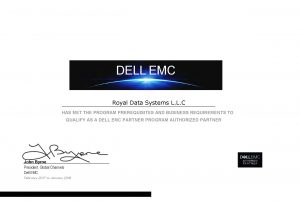
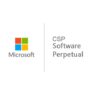
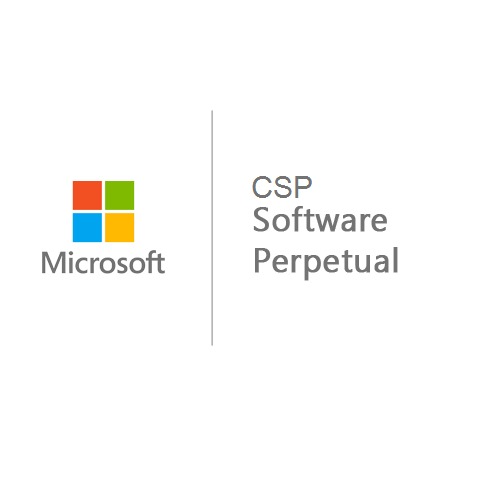
Reviews
There are no reviews yet.